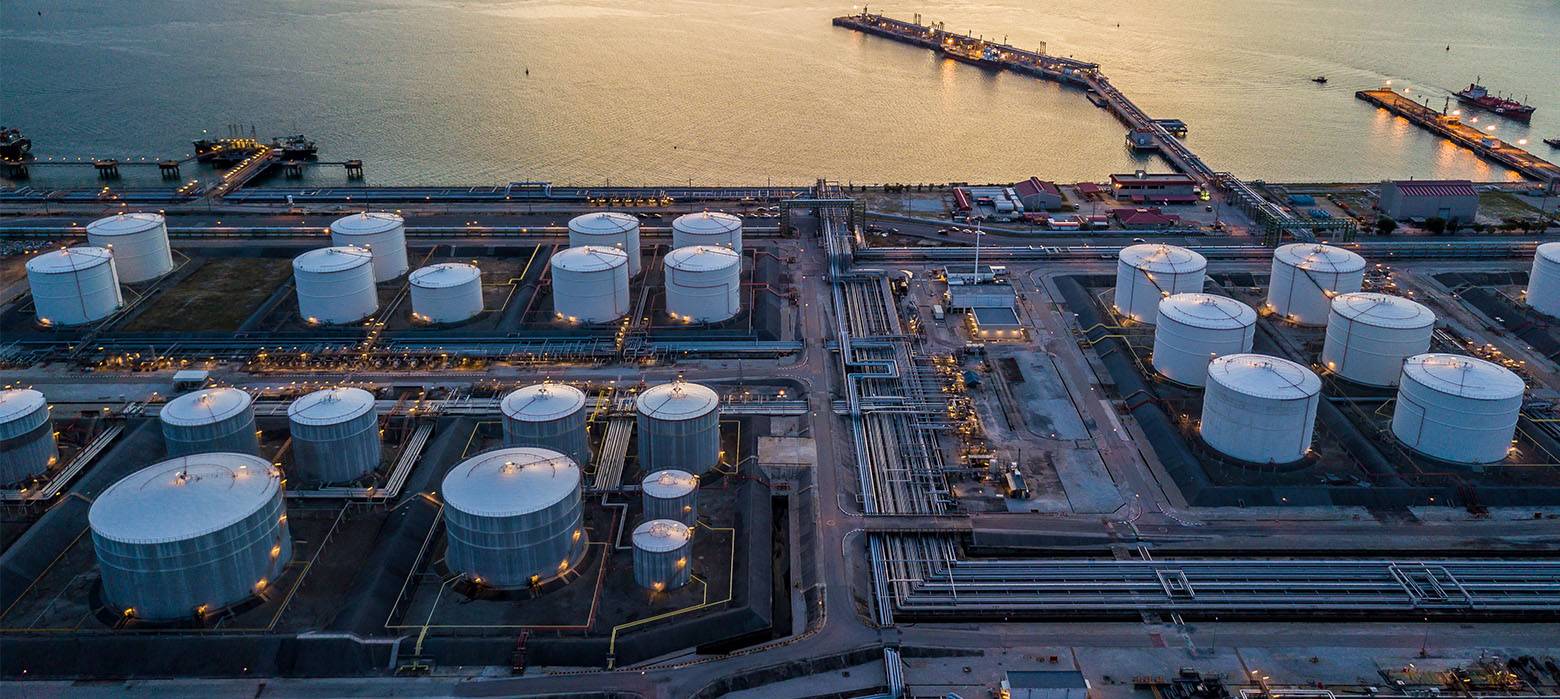
- admin
- October 24, 2018
How Fiberglass and Polyethylene Water Tanks Differ
Rainwater and water tanks are available in various materials, shapes, and sizes. Every material used in such tanks has its own unique qualities, merits, and demerits.
Based on your individual needs, you need to determine what type of water tank suits you best.
Fiberglass and polyethylene are two very common materials used to make water tanks. In this post, let’s look at some properties of each and get an idea of how fiberglass water tanks and polyethylene water tanks differ.
Fiberglass Water Tanks
Fiberglass water tanks come with many advantages. Fiberglass, as a material for building water tanks, is durable and versatile. However, it is relatively costly too.
Key characteristics of fiberglass water tanks are:
1. A well-known advantage of fiberglass tanks is their ratio of strength-to-weight that allows them to be practically placed anywhere.
2.Fiberglass tanks can be buried without any fear of failure because of rotting or rust over time.
3.These tanks are quite rigid and stiff, but relatively light and thin, which makes them brittle and susceptible to cracking.
4.Fiberglass water tanks need to have internal lining for reduction of algae growth.
Since fiberglass is expensive, especially if there’s a small-sized tank, it’s the most ideal material if you need large tanks, especially custom-designed ones.
Polyethylene Water Tanks
Polyethylene water tanks make the most economical option for storing water up to about 50,000 gallons. Potable water tanks of plastic are easy to install, easy to handle, durable, strong, and light weight.
Being rotationally molded, such tanks don’t have any seams to leak. Polyethylene water tanks also don’t require any special foundation or bedding, and typically are placed over a bed of pavement or sand.
Key characteristics of polyethylene water tanks are:
1. Polyethylene tanks are light-weight, strong, and more economical than alternative materials.
2. They can be installed easily because of their lightness and strength.
3. The flexibility associated with plastic allows for various shapes and styles.
4. Tanks made of polyethylene are non-corrosive.
5. They come in various colors to suit your tastes and preferences.
6. Such tanks are impact resistant, and you can literally roll them into place.
7. Many of such tanks consist of UV inhibitors incorporated in the polyethylene of the tanks.
Black and dark green polyethylene tanks are made specifically for storage of water only, with the dark hue inhibiting growth of algae.
Summing Up
This information is meant to provide you an overview of fiberglass and polyethylene water tanks. If you plan to get a water tank, make sure you choose a reliable water tank supplier who offers high-quality tanks. Moreover, before installing a large water tank, ensure that you know your local permits, local codes, and other requirements.
- Fiberglass vs Polyethylene Water Tanks
- Fiberglass Water Tanks
- Polyethylene Water Tanks
Category
- Above Ground Fuel Tanks
- Above Ground Gas Storage Tank
- Above Ground Storage Tanks
- Above Ground Water Storage Tanks
- Agricultural Tanks
- Chemical storage Tanks
- Diesel Fuel Storage Tanks
- Diesel Storage Tanks
- Exernal FloatingRoof Tanks
- Farm Water Tank
- Fiberglass Oil Tanks
- Fiberglass Septic Tanks
- Fiberglass Tanks
- Fiberglass Underground Fuel Storage Tanks
- Field Erected Tanks
- Floating Roof Tank
- Food and Beverage Tanks
- Fuel tank
- Industrial Chemical Storage Tanks
- Industrial Gas Tanks
- Industrial Plastic Tanks
- Industrial Storage Tanks
- Industrial Tank heating pads
- industrial tanks
- Natural gas
- Natural gas vs Propane
- oil storage tank
- Oil Storage Tanks
- Peracitic Acid
- Petroleum Tanks
- Residential gasoline storage tanks
- Residential Water Storage Tanks
- Sodium Hydroxide Storage Requirements
- Sodium Hypochlorite Storage Tanks
- Steel Storage Tanks
- storage tank failure prevention
- Storage Tanks
- Sulfuric Acid Tanks
- Uncategorized
- UnderGround Storage Tanks
- Waste water tank
- Water Storage Tanks

 Tank Size Calculator
Tank Size Calculator






